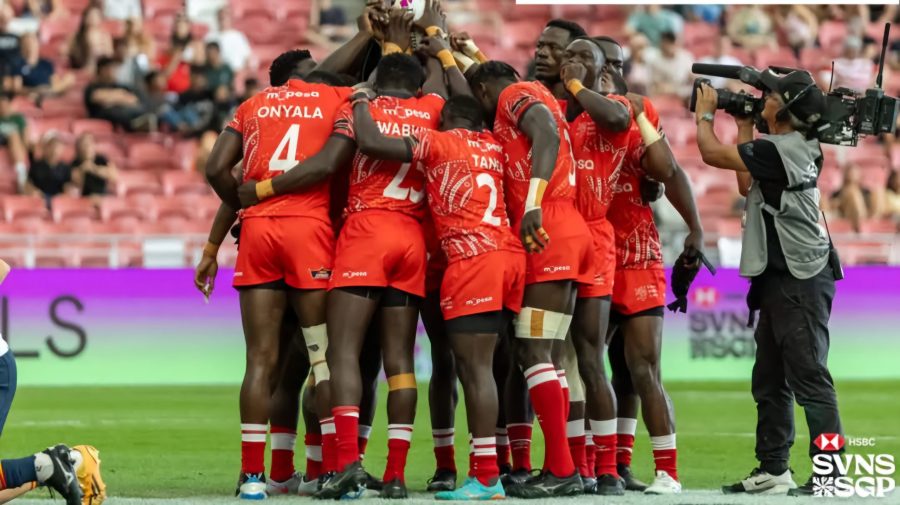The number of core teams in the World 7s Series is set to shrink once again, with only eight teams expected to feature in the top tier next season — a major shake-up that will likely see Kenya 7s drop out of the elite category come 2026.
As reported by El Observador, World Rugby has made the call to trim the main series from 12 to 8 teams, a further cut after reducing the field from 16 just two seasons ago.
World 7s Series challenges
The governing body attributes the decision to ongoing financial challenges, noting that the series has been running at a deficit since the COVID-19 pandemic and can no longer sustain the same level of support for all participating teams.
The changes, first hinted at by Spanish outlet El Periodico, have now reportedly been communicated to unions and players involved. Key details of the revamped structure are starting to emerge.
Under the new format, the top four teams from the promotion/relegation playoff will earn slots in three second-tier events next season, with an opportunity to feature in three more tournaments later in the campaign alongside top-tier teams. These four sides will also receive the £ 300,000 (kshs 51,439,560) prize pool currently awarded to each of the main circuit teams, at least for the first year.
EDITOR’S PICKS:
- Why Patrick Odongo Okong’o feels indebted
- List of rugby prospects from high school
- Colman Were keen to redefine Kenyan rugby’s physical edge
- Follow Scrummage Africa on Facebook
The revised circuit will consist of six core legs featuring the top eight men’s and women’s teams. Below them, a new second division will include six teams: four coming from the Los Angeles repechage and two others via a one-off Challenger event. The Challenger will feature eight teams per division, ranked 13th to 20th globally.
World 7s Series finals
Each season will wrap up with three grand finals, where 12 teams — the eight top-tier sides plus four qualifiers from the second division — will battle it out. Securing a top-four finish in the LA playoffs guarantees entry into those second-tier tournaments, a shot at the final stages, and the financial package.
This structure is set to hold until the end of the current Olympic cycle (July 2028), although the funding support is only locked in for the first season — a necessary compromise in a time when rugby’s global calendar continues to tighten.



